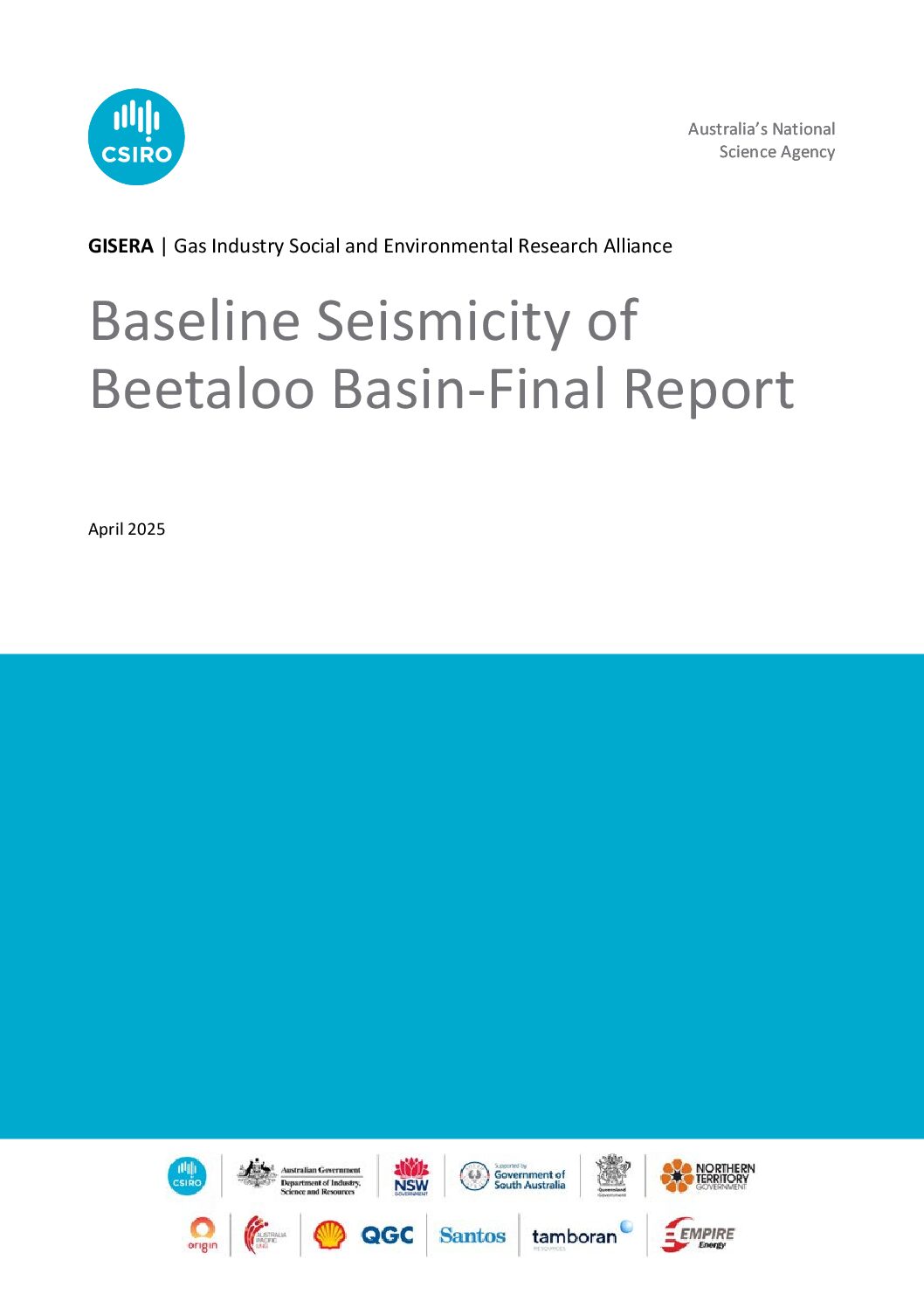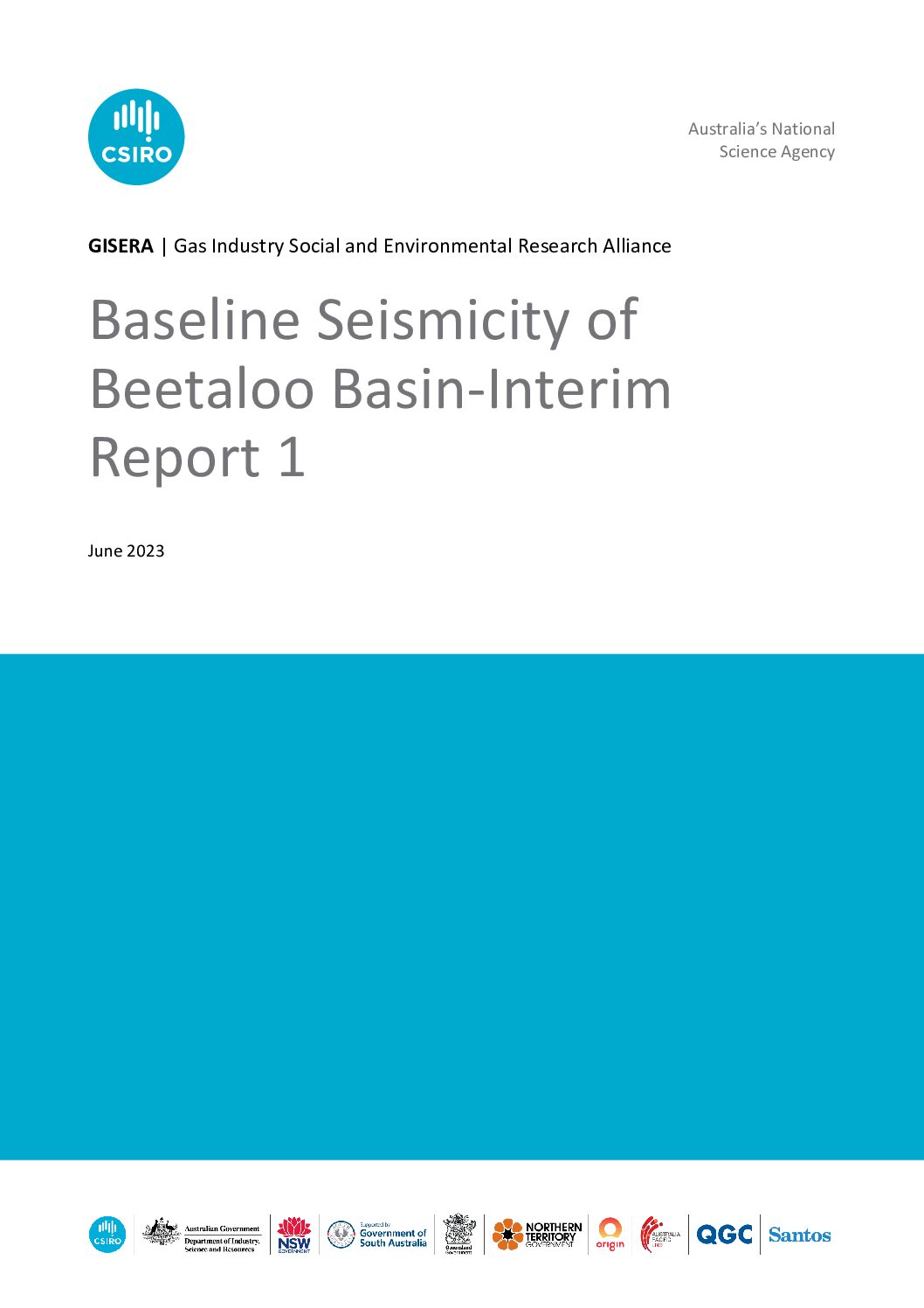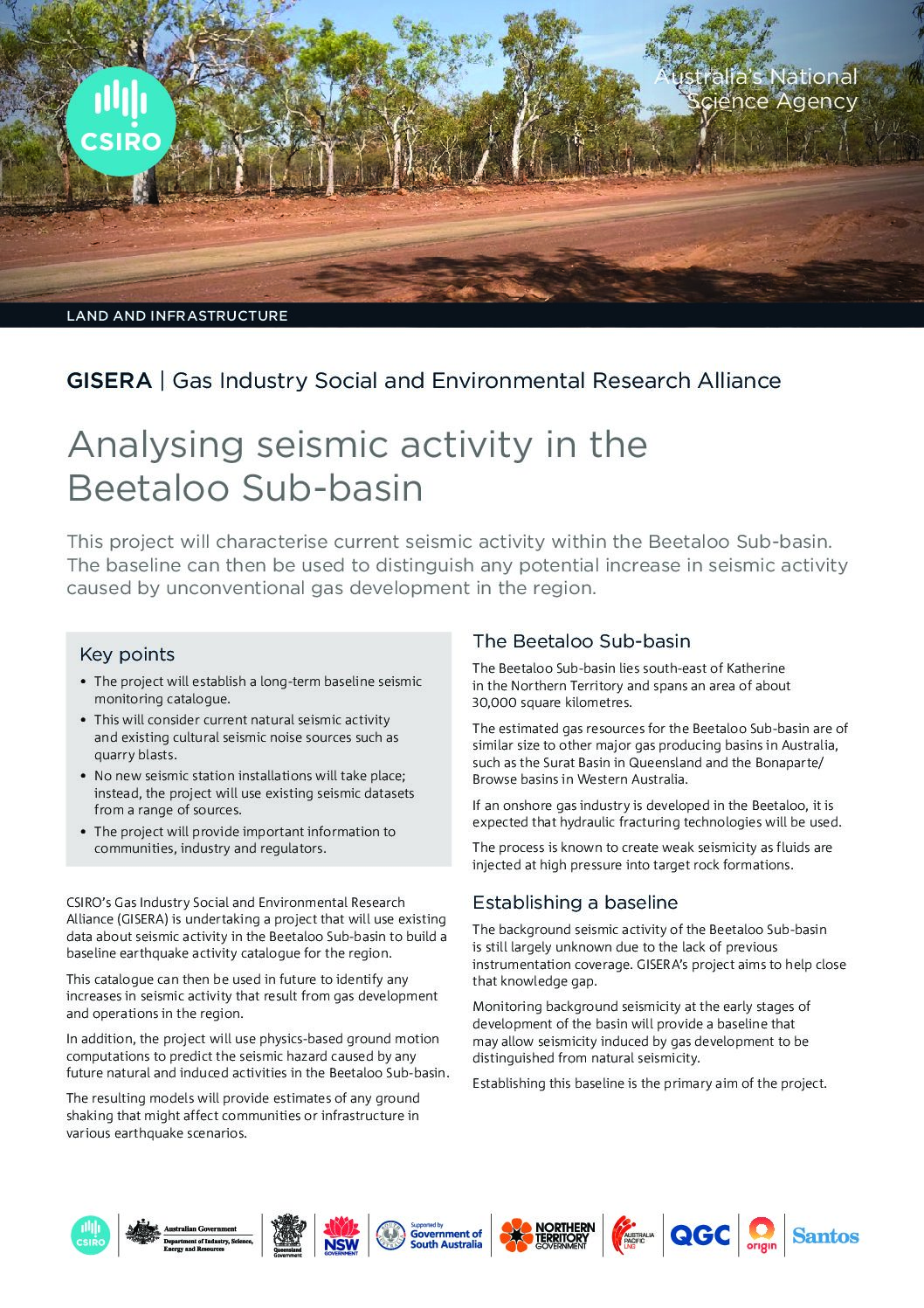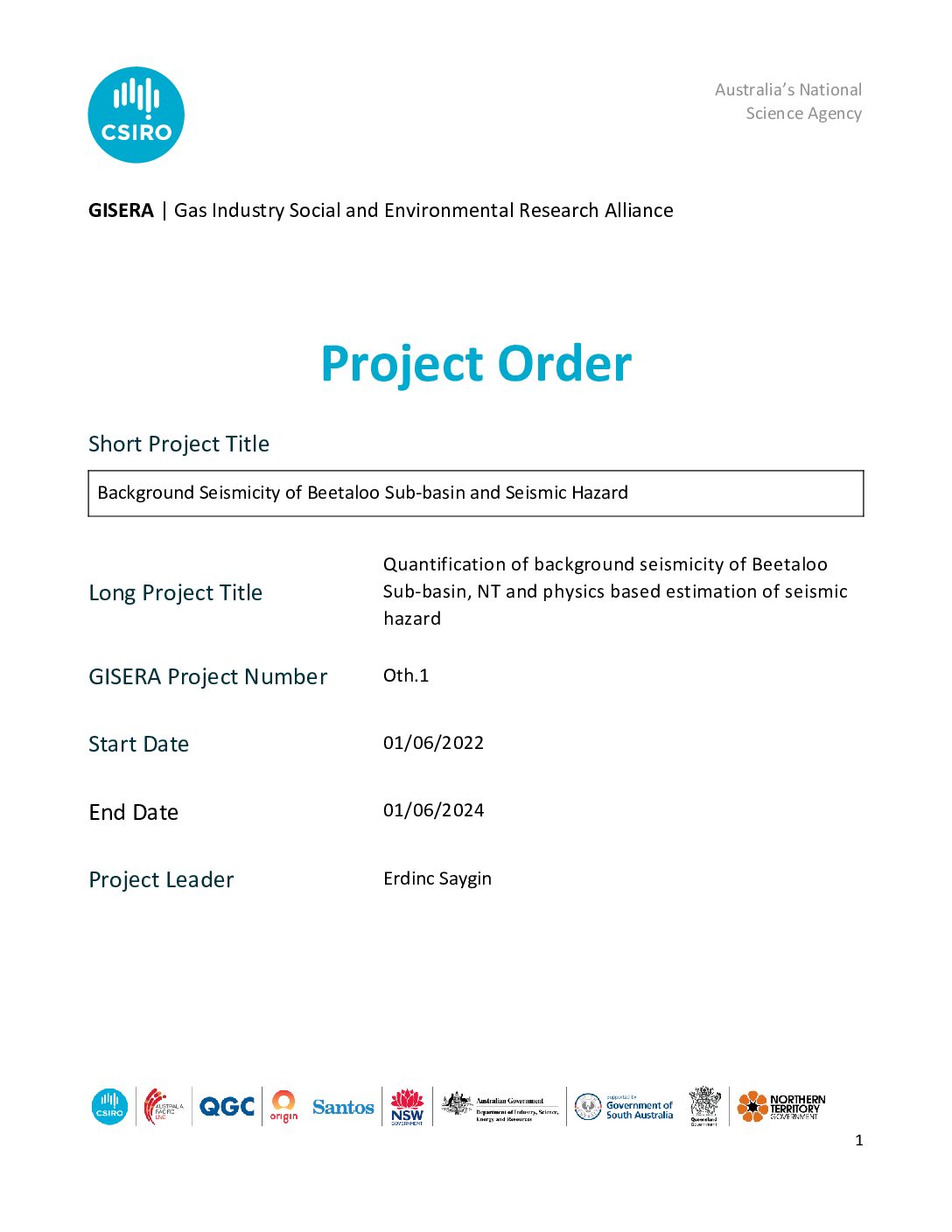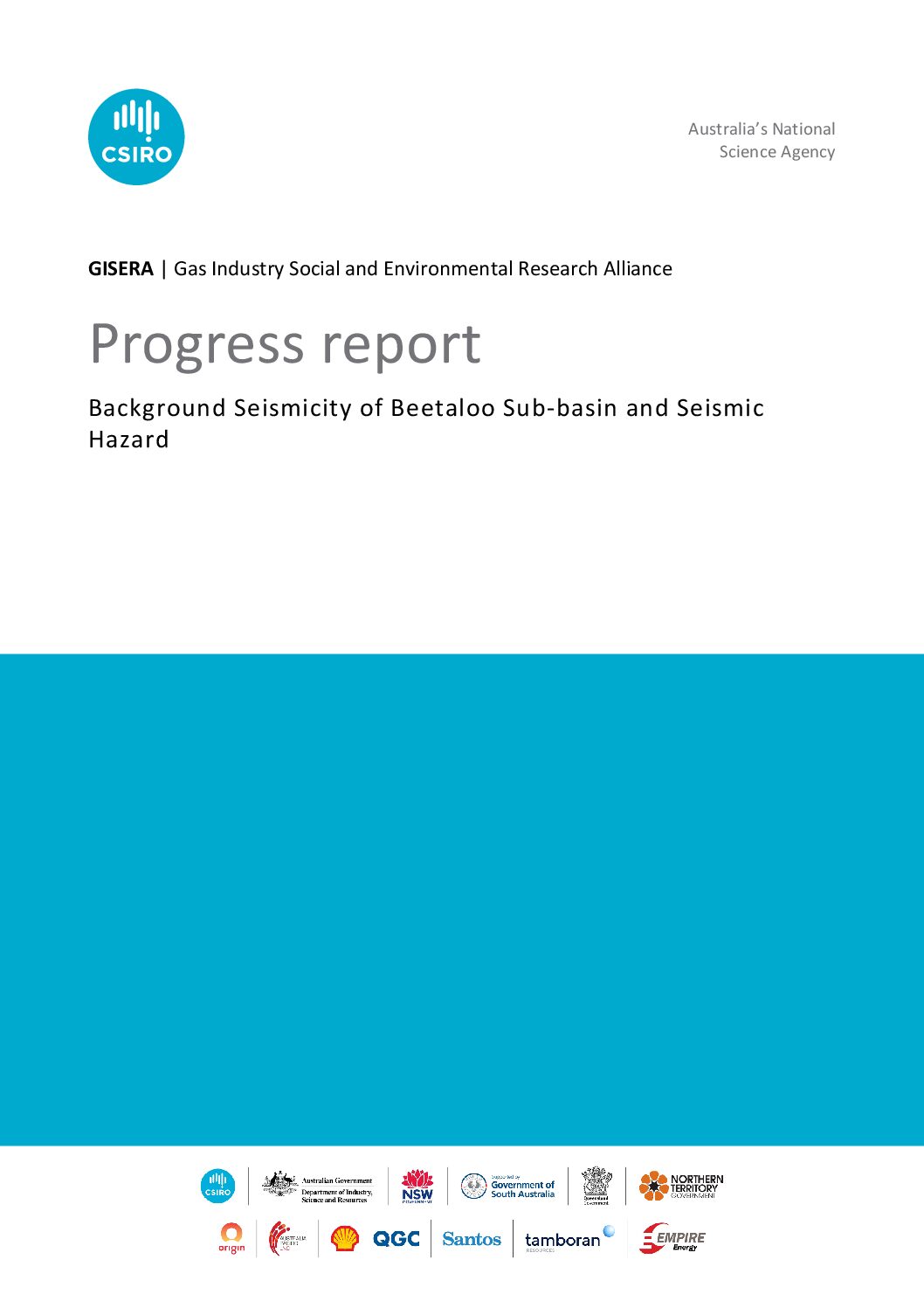Background seismicity in the Beetaloo Sub-basin
This project established long-term background seismic data to characterise the current natural seismic activity in the Beetaloo Sub-basin in the Northern Territory. This baseline data can be used to distinguish any possible increases in seismic activity resulting from future gas development and operations in the region.
In addition, the project predicts the seismic hazard caused by any future natural and induced activities using physics-based ground motion computations.
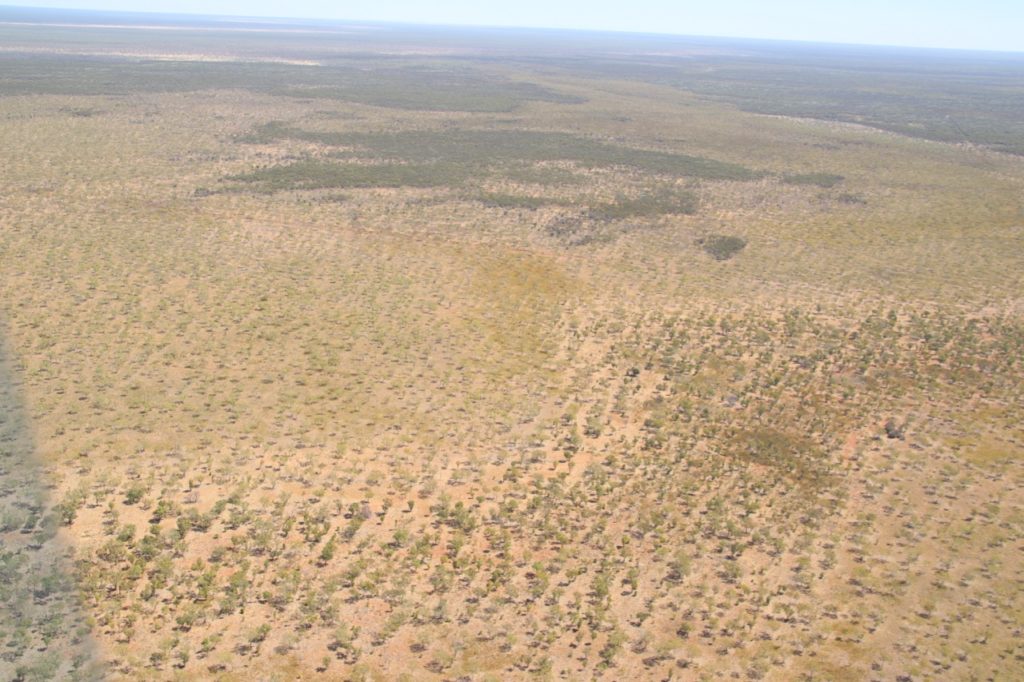
CSIRO scientists used a continuous seismic dataset recorded by the sparsely distributed regional seismic sensor array deployed and operated by Geoscience Australia to investigate the baseline seismic activity levels within the Beetaloo sub-basin and its nearby surroundings.
Researchers investigated relative noise levels and environmental noise sources, and used machine-learning based methods to detect and locate any seismic activity.
Results: Natural seismic activity not detected
Apart from mining blasts approximately 200 km away from the seismic array, researchers did not detect any natural seismic activity within the region in the data for the years 2019 to 2024.
The lack of seismic activity can be a function of the sparse seismic array, which affects the detection threshold, or a real lack of seismicity.
Researchers conclude that a combination of tightly clustered monitoring points and analysis of satellite-derived digital elevation models for investigating previous large historical earthquake activity in the region could help quantify regional natural seismic risk.
In an Australian first, the project also trialled a physics-based simulation method to estimate the ground shaking at any point within the basin caused by a hypothetical but realistic regional earthquake scenario, utilising CSIRO’s high-performance computing facilities.
This study forms part of a suite of other research activities conducted through CSIRO’s GISERA in the Northern Territory, which include research into groundwater, mitigation and offsets for Australian life cycle greenhouse gas emissions, stygofaunal communities, microbial degradation of chemicals, methane emissions from drilling, transport impacts, biodiversity and decommissioning.
Results of these studies are important for informing appropriate policy and management responses to onshore gas development proposals.

